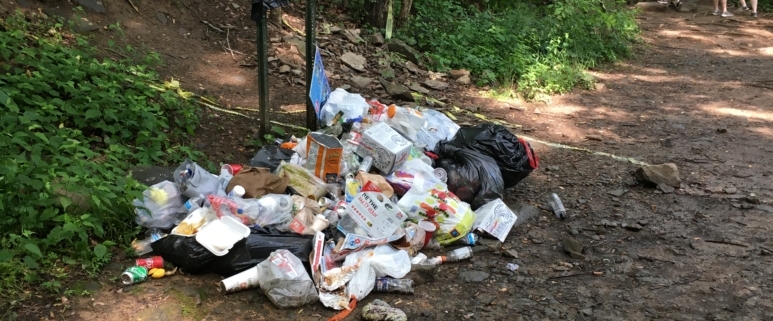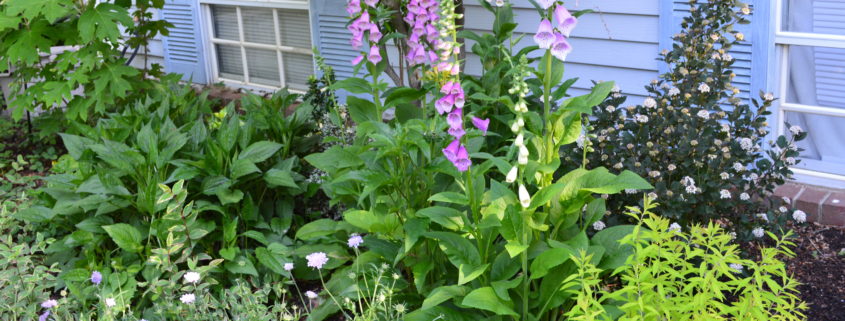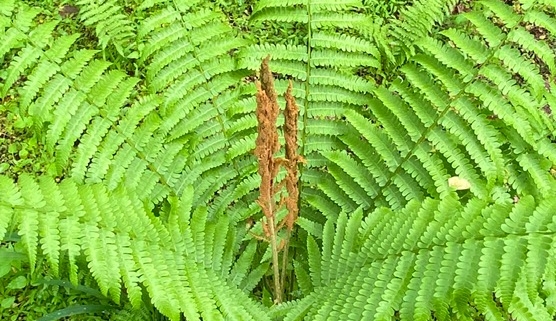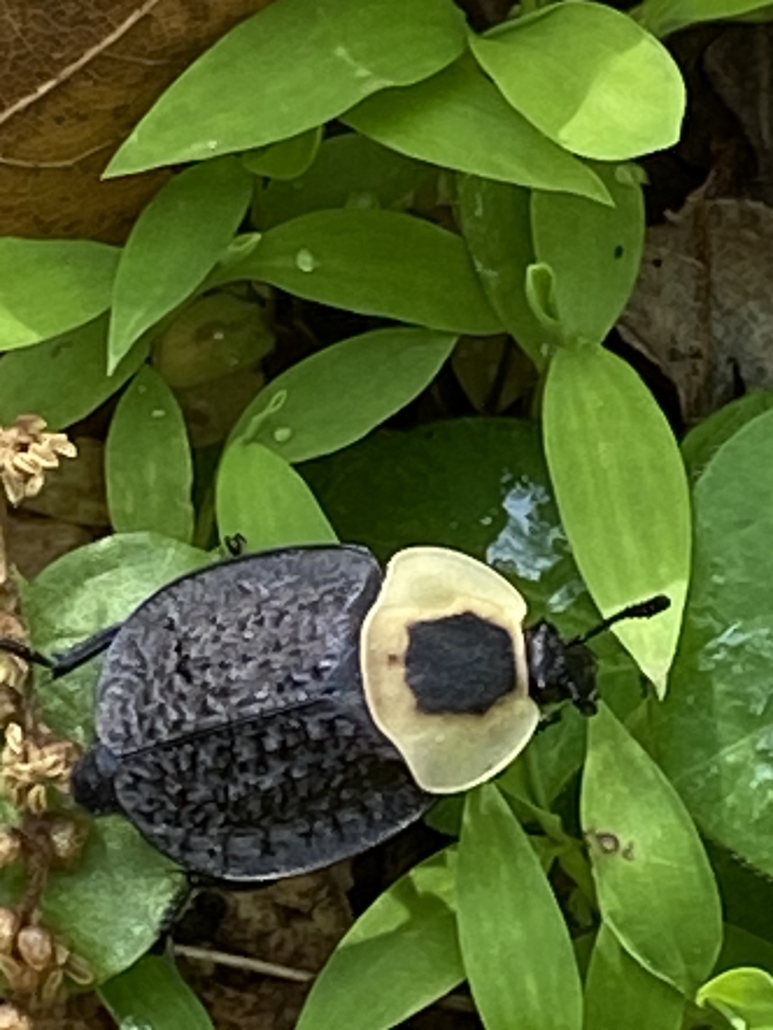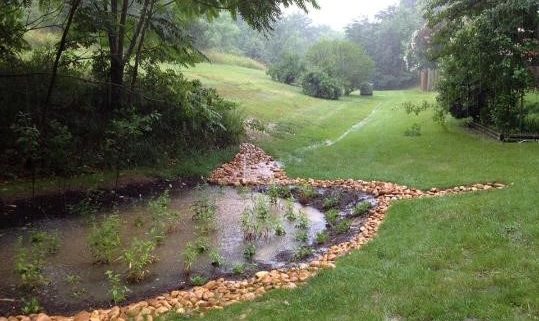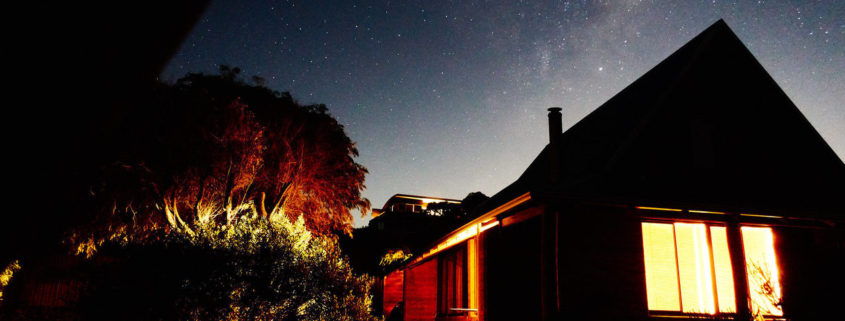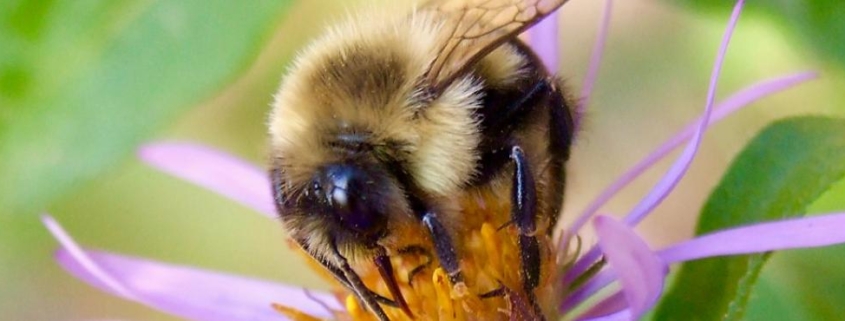By Laura Duval, Research Biologist & Program Coordinator, The Nightjar Survey Network
The U.S. Nightjar Survey Network (NSN) is a citizen science-driven research group that has worked to collect long-term occupancy data for this unusual group of birds over the past 12 years.
North American nightjars, or goatsuckers, include nine nocturnal (most active at night) and crepuscular (most active at dawn and dusk) species. Nightjars arrive in North America during late March after migrating from their wintering grounds, which can be as distant as South America. They typically breed and forage in deciduous and pine forests near shrubby or agriculture fields and bodies of water. Depending on the species, nightjars typically lay 1-3 eggs in leaf litter found on the forest floor or in open pebbled and sandy tracts. The downy-feathered, semi-precocial nestlings (see photo) are mostly dependent on the adults for food, but are mobile near the nest within days of hatching. Nightjar young become independent after their parents feed them for up to a month in their natal territory. Nightjars begin their movements back to their wintering grounds as early as July, though some populations remain in southern states such as Texas, Florida and Arizona throughout the winter.
Nightjars are included in a group of birds labeled “aerial insectivores” due to their foraging habits. Recent research has indicated that aerial insectivores are in the most drastic decline of all bird taxa. Factors affecting these birds include habitat degradation, human disturbance, agriculture practices (i.e., exposure to pesticides), and climate change. We know little about the specifics of their ecology because their nocturnal tendencies have made them challenging to study and simply hard to detect by millions of citizen scientists that submit observations in volunteer data portals such as eBird. Long-running programs such as the Breeding Bird Survey adhere to a diurnal survey period reducing the overall number of nightjars detected for that program.
The Center for Conservation Biology at the College of William and Mary in Virginia established the network in 2007 in an attempt to fill gaps in knowledge for these species. Since its initiation over 3,000 surveys have been conducted nationwide. The project is designed to be effective over many years of surveying and over broad landscapes. With the support of the Virginia Master Naturalists we are hopeful that we can tap into a core group of local participants that would be willing to donate a few hours of their time once a year to this cause. A passion for scientific contribution, a willingness to work on a gorgeous moonlit night, and a vehicle is all it takes to become a surveyor. The structure of the survey network also encourages participants to conduct routes (even those without birds) for several years to lend insight into trends over time.
2020 Survey Dates
Window 1: FL, TX, and low elevation AZ and NM: 1 April to 14 April
Window 2: Any location in the country: 30 April to 14 May
Window 3: Areas north of AZ, FL, NM, and TX, and for high elevation areas in the Northern U.S.: 29 May to 13 June
Window 4: North and western states (WA, OR, ID, MT, WY, Dakotas, MN): 27 July to 11 August
The 2020 season has already began, however, for Virginians there is still time to sign up and conduct surveys by visiting http://www.nightjars.org/. Survey windows 2 and 3 (see figure below) are the best times to detect nightjars in our state. Environmental parameters such as moon phase and face illumination, cloud cover, precipitation and wind affect the activity and subsequent detection of nightjars. Therefore, please adhere to the survey window dates and try to pick an evening where you have favorable weather.
Instructions for how to create an account, select or create a route, conduct a survey and enter data can be found here: http://www.nightjars.org/participate/survey-instructions/. This year we developed instructional videos for accomplishing these tasks as well that can be viewed at http://www.nightjars.org/learn/
We have created a draft project proposal form for this project that you can use to get the project approved in your VMN chapter.
Feel free to contact us anytime with questions you may have at [email protected].


